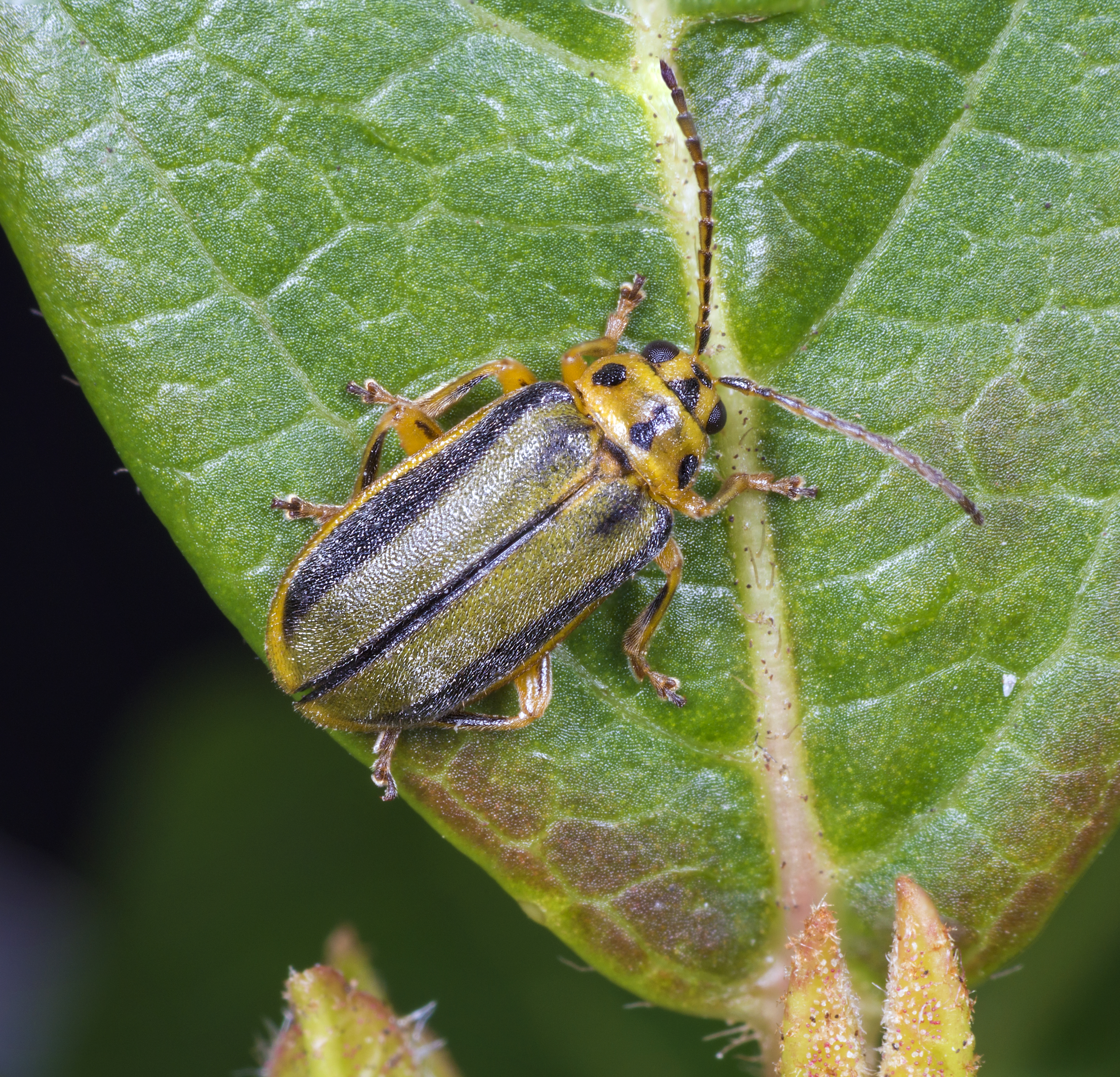|
Ulmus Glabra 'Crispa Aurea'
The elm cultivar ''Ulmus'' 'Crispa Aurea' was first mentioned by Ernst Schelle, Schelle & Ludwig Beissner, Beissner in 1903, as ''Ulmus montana crispa aurea''. Description Camillo Karl Schneider, Schneider described it in 1904 as like Ulmus 'Crispa', 'Crispa' but with more or less golden leaves. Elwes and Henry (1913) described the leaves as "yellowish". Pests and diseases See under 'Crispa'. Cultivation No specimens are known to survive. References {{Elm species, varieties, hybrids, hybrid cultivars and species cultivars , state=collapsed Wych elm cultivar Ulmus articles missing images Ulmus Missing elm cultivars ... [...More Info...] [...Related Items...] OR: [Wikipedia] [Google] [Baidu] |
Cultivar
A cultivar is a type of cultivated plant that people have selected for desired traits and when propagated retain those traits. Methods used to propagate cultivars include: division, root and stem cuttings, offsets, grafting, tissue culture, or carefully controlled seed production. Most cultivars arise from purposeful human manipulation, but some originate from wild plants that have distinctive characteristics. Cultivar names are chosen according to rules of the International Code of Nomenclature for Cultivated Plants (ICNCP), and not all cultivated plants qualify as cultivars. Horticulturists generally believe the word ''cultivar''''Cultivar'' () has two meanings, as explained in '' Formal definition'': it is a classification category and a taxonomic unit within the category. When referring to a taxon, the word does not apply to an individual plant but to all plants that share the unique characteristics that define the cultivar. was coined as a term meaning "cultivated vari ... [...More Info...] [...Related Items...] OR: [Wikipedia] [Google] [Baidu] |
Ernst Schelle
Ernst Schelle (1864–1945) was a German botanist who specialized in cacti. He was employed as Inspector of the botanical gardens in Tübingen. The grass species ''Helictotrichon schellianum'' (Hack.) Kitag. is named for him. Publications * ''Handbuch der Laubholz-Benenung'', 1903 (with Ludwig Beissner, Hermann Zabel) – Handbook of deciduous tree designation. * ''Handbuch der kakteenkultur: Kurze beschreibung der meisten gegenwärtig im handel befindlichen kakteen, nebst angabe zu deren pflege. Für gärtner und kakteenliebhaber zusammengestellt'', 1907 – Handbook of cacti culture, etc. * ''Die winterharten Nadelhölzer Mitteleuropas'', 1909 – Hardy conifers of mid-Europe. * ''Der Blumengarten. Anleitung zur Anlage, Bepflanzung und Pflege eines einfachen Ziergartens'', 1912 – The flower garden. Instructions for installation, planting and maintenance of a simple decorative garden. * ''Wörterbuch der botanischen Kunstsprache für Gärtner, Gartenfreunde und Gartenbauzö ... [...More Info...] [...Related Items...] OR: [Wikipedia] [Google] [Baidu] |
Ludwig Beissner
Ludwig Beissner (6 July 1843 – 21 December 1927) was a German horticulturalist and dendrologist born in Ludwigslust, Mecklenburg-Schwerin. From 1887 to 1913, Beissner was inspector of the botanical gardens of Bonn. He was an author of a popular textbook on hardwoods ("''Handbuch der Laubholz-Benenung''") and on a study of softwoods ("''Handbuch der Nadelholzkunde''"), the latter work being published over three editions (1891, 1909 and 1930). Published works * ''Handbuch der Coniferen-Benennung : Systematische Einteilung der Coniferen und Aufzählung aller in Deutschland'', 1887 - Handbook of conifer designation, etc. * ''Handbuch der Laubholz-Benenung. Systematische und alphabetische Liste aller in Deutschland ohne oder unter leichtem Schutz im freien Lande ausdauernden Laubholzarten und Formen mit ihren Synonymen'', 1903 - Handbook of hardwood designation, etc. (with Ernst Schelle and Hermann Zabel). * ''Handbuch der Nadelholzkunde; Systematik, Beschreibung, Verwendung und ... [...More Info...] [...Related Items...] OR: [Wikipedia] [Google] [Baidu] |
Camillo Karl Schneider
Camillo Karl Schneider (7 April 1876 – 5 January 1951) was a German botanist and landscape architect. A farmer's son, he was born at Gröppendorf, in the Kingdom of Saxony, and worked as a gardener at Zeitz, Dresden, Berlin and Greifswald. Returning to Berlin to work in the City Parks Department, he assisted in editorial work for the periodical ''Gartenwelt'', which led to his employ as a landscape assistant in Darmstadt and Berlin. In 1900, he moved to Vienna, where he practiced as a freelance architect and writer, travelling extensively through Europe. In 1904 he published his first books, including the beginning of his tome ''Illustrated Handbook of Broad-leaved Trees'', which he completed in 1912. However, the manuscript of what should have been his ''magnum opus'', a study of the genus ''Berberis'', was destroyed in a bombing raid on Berlin in 1943. In 1913, supported by the Austro-Hungarian Dendrological Society, he ventured to China to collect plants and seeds for the bot ... [...More Info...] [...Related Items...] OR: [Wikipedia] [Google] [Baidu] |
Ulmus 'Crispa'
The elm cultivar ''Ulmus'' 'Crispa' 'curled', the leaf margin sometimes known as the Fernleaf Elm, arose before 1800 and was first listed by Willdenow as ''U. crispa'' (1809). Audibert listed an ''U. campestris'' Linn. 'Crispa', ''orme à feuilles crépues'' 'frizzy-leaved elm' in 1817, and an ''Ulmus urticaefolia'' 'nettle-leaved elm'in 1832; the latter is usually taken to be a synonym. Loudon considered the tree a variety of ''U. montana'' (1838). In the 19th century, ''Ulmus × hollandica'' cultivars, as well as those of Wych Elm, were often grouped under ''Ulmus montana''. Elwes and Henry (1913) listed 'Crispa' as a form of wych elm, but made no mention of the non-wych samara (see 'Description'). Hanham (1857) noted that in his day concave-leaved Field Elm, ''U. campestris concavaefolia'', was frequently mistaken for and sold as 'Crispa' in nurseries, "though there is a wide difference between them".Hanham, F. (1857)''A Manual for the Park''(Royal Victoria Park, Bath). L ... [...More Info...] [...Related Items...] OR: [Wikipedia] [Google] [Baidu] |
Arnold Arboretum
The Arnold Arboretum of Harvard University is a botanical research institution and free public park, located in the Jamaica Plain and Roslindale neighborhoods of Boston, Massachusetts. Established in 1872, it is the oldest public arboretum in North America. The landscape was designed by Charles Sprague Sargent and Frederick Law Olmsted and is the second largest "link" in the Emerald Necklace. The Arnold Arboretum's collection of temperate trees, shrubs, and vines has a particular emphasis on the plants of the eastern United States and eastern Asia, where arboretum staff and colleagues are actively sourcing new material on plant collecting expeditions. The arboretum supports research in its landscape and in its Weld Hill Research Building. History The Arboretum was founded in 1872 when the President and Fellows of Harvard College became trustees of a portion of the estate of James Arnold (1781–1868), a whaling merchant from New Bedford, Massachusetts. Arnold specified tha ... [...More Info...] [...Related Items...] OR: [Wikipedia] [Google] [Baidu] |
Harvard University
Harvard University is a private Ivy League research university in Cambridge, Massachusetts. Founded in 1636 as Harvard College and named for its first benefactor, the Puritan clergyman John Harvard, it is the oldest institution of higher learning in the United States and one of the most prestigious and highly ranked universities in the world. The university is composed of ten academic faculties plus Harvard Radcliffe Institute. The Faculty of Arts and Sciences offers study in a wide range of undergraduate and graduate academic disciplines, and other faculties offer only graduate degrees, including professional degrees. Harvard has three main campuses: the Cambridge campus centered on Harvard Yard; an adjoining campus immediately across Charles River in the Allston neighborhood of Boston; and the medical campus in Boston's Longwood Medical Area. Harvard's endowment is valued at $50.9 billion, making it the wealthiest academic institution in the world. Endo ... [...More Info...] [...Related Items...] OR: [Wikipedia] [Google] [Baidu] |
Wych Elm Cultivar
Salt, also referred to as table salt or by its chemical formula NaCl (sodium chloride), is an ionic compound made of sodium and chloride ions. All life depends on its chemical properties to survive. It has been used by humans for thousands of years, from food preservation to seasoning. Salt's ability to preserve food was a founding contributor to the development of civilization. It helped eliminate dependence on seasonal availability of food, and made it possible to transport food over large distances. However, salt was often difficult to obtain, so it was a highly valued trade item, and was considered a form of currency by certain people. Many salt roads, such as the via Salaria in Italy, had been established by the Bronze Age. All through history, availability of salt has been pivotal to civilization. In Britain, the suffix "-wich" in a place name sometimes means it was once a source of salt, as in Northwich and Droitwich, although other - wich towns are so named from ... [...More Info...] [...Related Items...] OR: [Wikipedia] [Google] [Baidu] |
Ulmus Articles Missing Images
Elms are deciduous and semi-deciduous trees comprising the flowering plant genus ''Ulmus'' in the plant family Ulmaceae. They are distributed over most of the Northern Hemisphere, inhabiting the temperate and tropical-montane regions of North America and Eurasia, presently ranging southward in the Middle East to Lebanon and Israel,Flora of Israel OnlineUlmus minor Mill. , Flora of Israel Online accessdate: July 28, 2020 and across the Equator in the Far East into Indonesia.Fu, L., Xin, Y. & Whittemore, A. (2002). Ulmaceae, in Wu, Z. & Raven, P. (eds) Flora of China'', Vol. 5 (Ulmaceae through Basellaceae). Science Press, Beijing, and Missouri Botanical Garden Press, St. Louis, US. Elms are components of many kinds of natural forests. Moreover, during the 19th and early 20th centuries, many species and cultivars were also planted as ornamental street, garden, and park trees in Europe, North America, and parts of the Southern Hemisphere, notably Australasia. Some individual ... [...More Info...] [...Related Items...] OR: [Wikipedia] [Google] [Baidu] |
Ulmus
Elms are deciduous and semi-deciduous trees comprising the flowering plant genus ''Ulmus'' in the plant family Ulmaceae. They are distributed over most of the Northern Hemisphere, inhabiting the temperate and tropical-montane regions of North America and Eurasia, presently ranging southward in the Middle East to Lebanon and Israel,Flora of Israel OnlineUlmus minor Mill. , Flora of Israel Online accessdate: July 28, 2020 and across the Equator in the Far East into Indonesia.Fu, L., Xin, Y. & Whittemore, A. (2002). Ulmaceae, in Wu, Z. & Raven, P. (eds) Flora of China'', Vol. 5 (Ulmaceae through Basellaceae). Science Press, Beijing, and Missouri Botanical Garden Press, St. Louis, US. Elms are components of many kinds of natural forests. Moreover, during the 19th and early 20th centuries, many species and cultivars were also planted as ornamental street, garden, and park trees in Europe, North America, and parts of the Southern Hemisphere, notably Australasia. Some individual ... [...More Info...] [...Related Items...] OR: [Wikipedia] [Google] [Baidu] |
.jpg)





